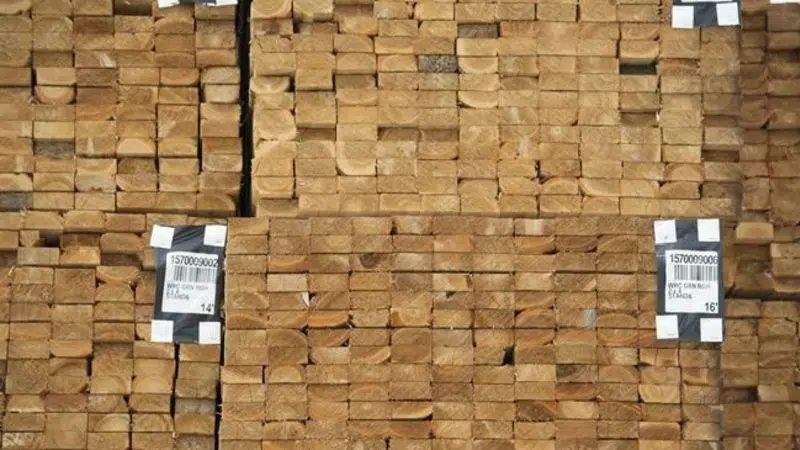
Fewer trees, higher costs blamed for devastating downturn in B.C. forestry
VANCOUVER — High log prices and dwindling timber supply are driving the crisis in British Columbia’s forestry industry that has devastated communities and kneecapped the provincial economy, observers say.
Companies have announced shutdowns or curtailments in more than two dozen mills in the province, putting hundreds out of work and slashing economic growth predictions. Advocates are calling for urgent government action to stem the bleeding.
“Something needs to change immediately or these small communities that don’t have other employers are going to wither and die,” said Marty Gibbons, president of United Steelworkers Local 1-417, based in Kamloops, B.C.
The local represents hundreds of forestry workers who have lost jobs in Interior communities including Merritt, Clearwater, Vavenby and Clinton.


